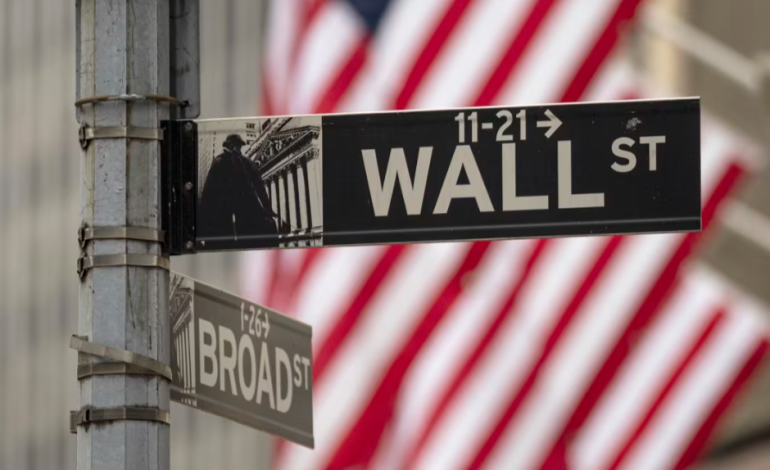US stocks rose on Monday, extending gains and closing out a dramatic second quarter with fresh record highs, CNN reports.
The Dow Jones Industrial Average gained 212 points (0.48%) in early trading, while the S&P 500 climbed 0.34% and the Nasdaq Composite rose 0.46%, continuing its streak of intraday records.
The upbeat mood on Wall Street follows a sharp turnaround from a steep downturn in March and April, when tariff announcements from President Donald Trump rattled investors. In the weeks since, a recovery driven by easing trade concerns, strong earnings, and renewed optimism in technology has lifted sentiment.
As of the end of June, the S&P 500 is up 10% for the quarter, bouncing back from a 4.59% decline in Q1. The index has surged 24% since reaching a low on April 8. Similarly, the Nasdaq has advanced nearly 33% since April, bolstered by a resurgence of enthusiasm around artificial intelligence and strong performances from major tech companies like Nvidia and Microsoft.
“Tech has been outperforming since the April lows, and we expect that to continue into the second half of 2025,” said Clark Bellin, President and CIO at Bellwether Wealth.
While stocks recovered, the US dollar has weakened considerably. The US Dollar Index, which measures the currency against a basket of six major peers, has fallen 6.6% this quarter and is down 10% for the year. This marks its weakest performance since 2022.
The dollar’s decline has been attributed to a mix of lower economic growth forecasts and investor unease over US trade and fiscal policy. The euro has appreciated 13% against the dollar this year, while the British pound has risen 9%.
“The dollar’s haven appeal has diminished,” said Francesco Pesole, a strategist at ING, noting a shift in investor confidence in US assets.
Market volatility, which surged to near-pandemic levels in early April, has since subsided. The CBOE Volatility Index (VIX), a widely watched measure of market uncertainty, fell 26% in Q2 after spiking in the previous quarter.
In the bond market, yields stabilized as concerns about foreign demand for US debt eased. The 10-year Treasury yield hovered around 4.25%, while the 30-year yield traded near 4.81%, following a well-received Treasury auction in June.
Oil prices experienced significant volatility during the quarter, peaking amid geopolitical tensions between Israel and Iran. West Texas Intermediate (WTI) crude futures hit $73.85 per barrel in mid-June before settling to $65.40 by Monday. Brent crude, the global benchmark, followed a similar trajectory, now trading around $66.83.
Investors are now focused on June’s US jobs report, scheduled for release Thursday. Forecasts suggest a modest gain of 115,000 jobs and an uptick in unemployment to 4.3% — the highest in four years. These figures could influence expectations for future Federal Reserve interest rate moves.
Retail investors played a notable role in the rally, contributing $3.2 billion in net stock purchases in late June, according to JPMorgan. Yet institutional investors remain cautious, with many waiting for opportunities to deploy sidelined cash.
“The challenge for investors now is deciding whether to buy into the rally at elevated valuations or wait for a pullback,” said Mohit Kumar, chief economist at Jefferies.










The latest news in your social feeds
Subscribe to our social media platforms to stay tuned